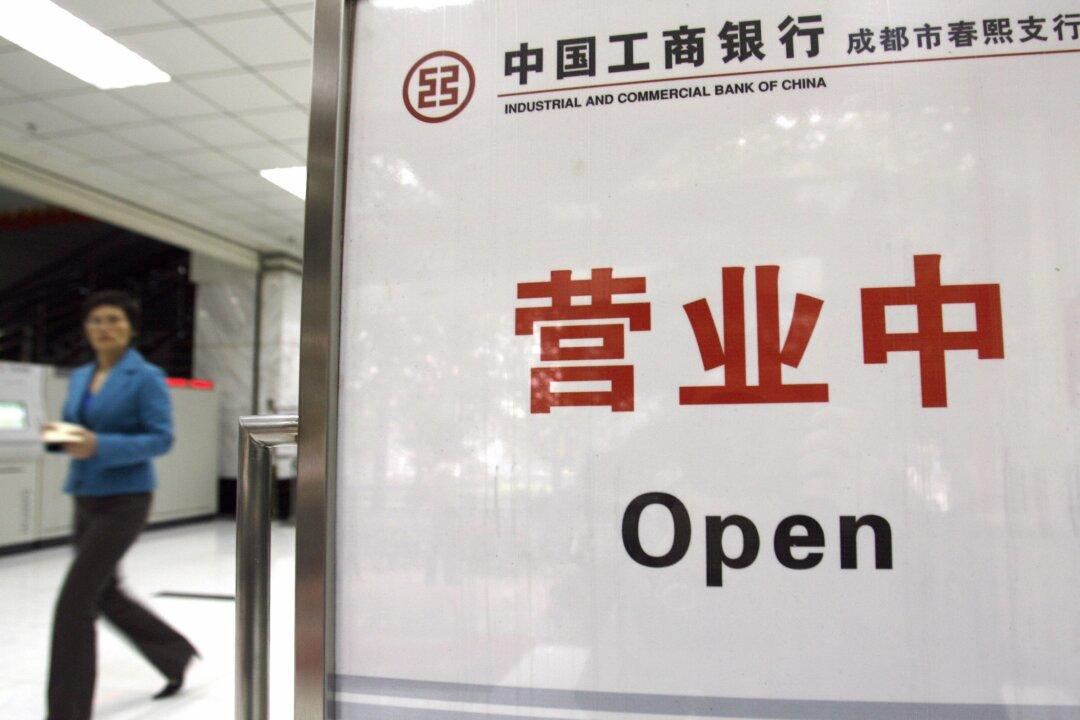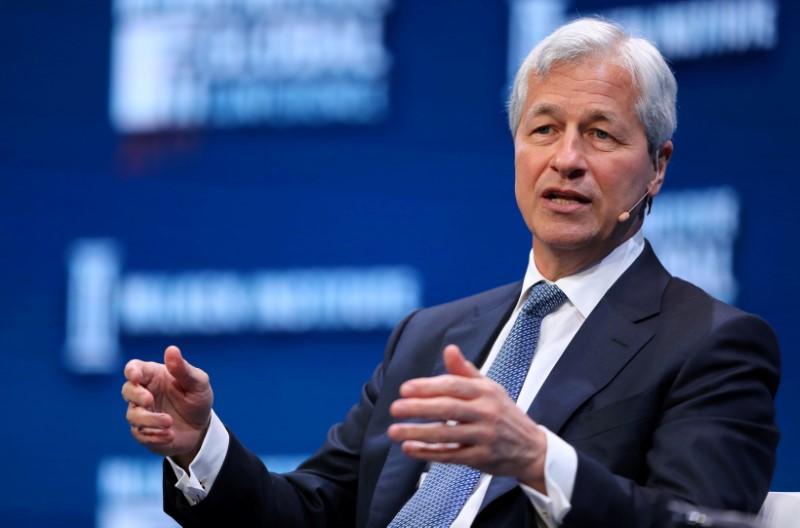Commentary
For the past month, the number and severity of risks to the bond and stock markets has risen, with some pundits wondering just how the market can trade so confidently higher when there are so many large-scale events unfolding that threaten to pose a systemic risk to the United States and global financial markets.





